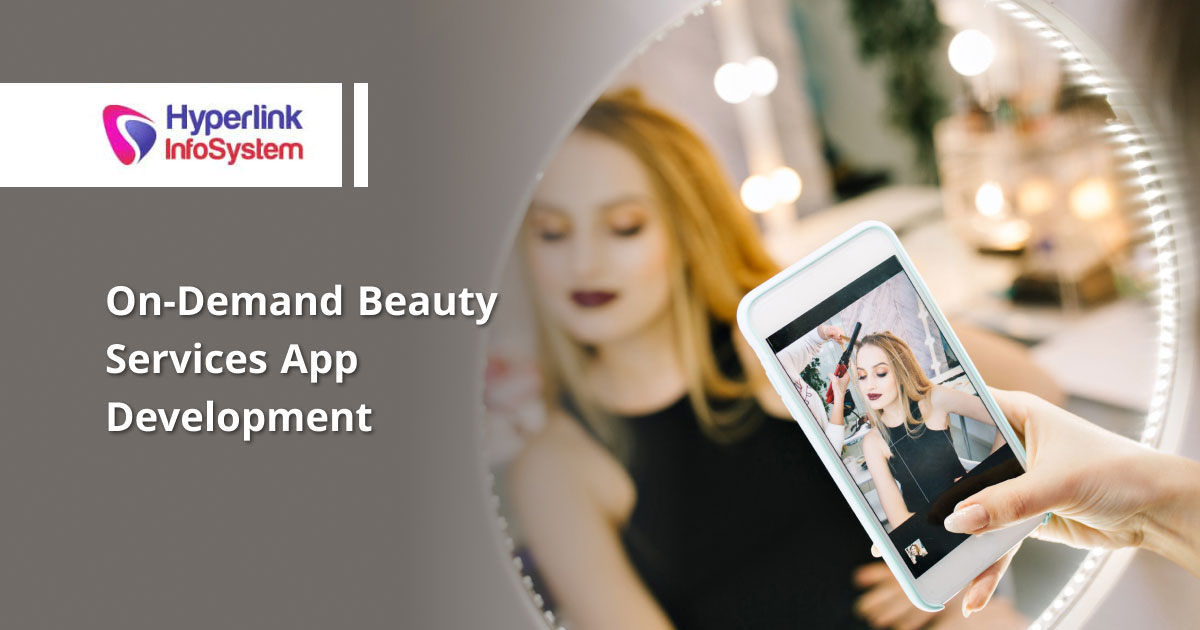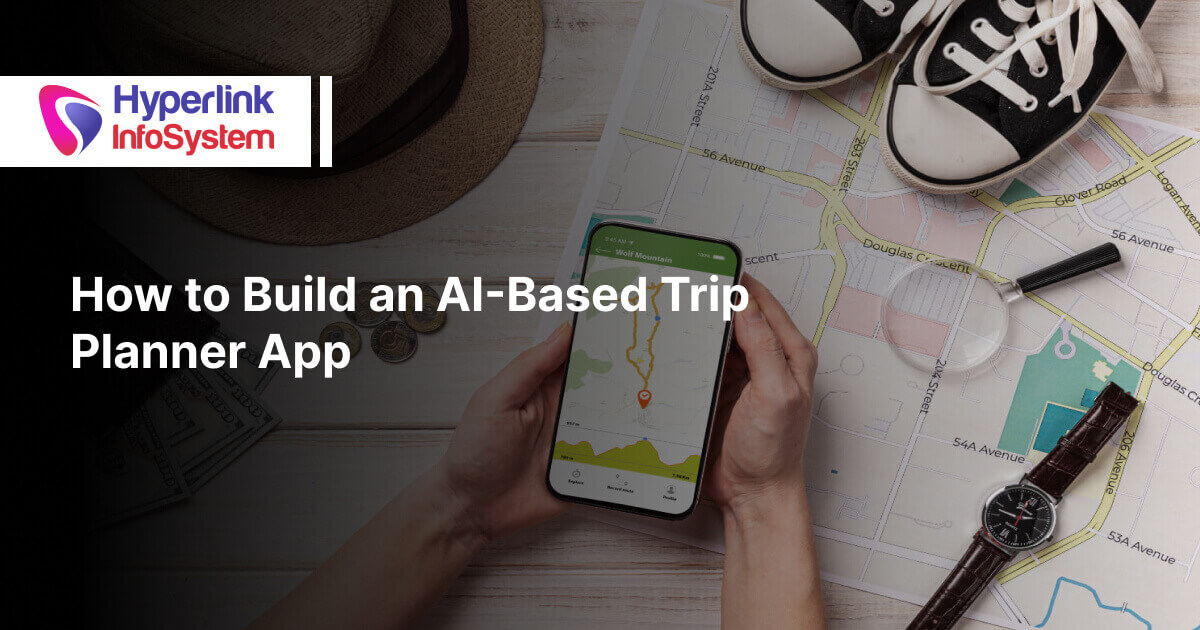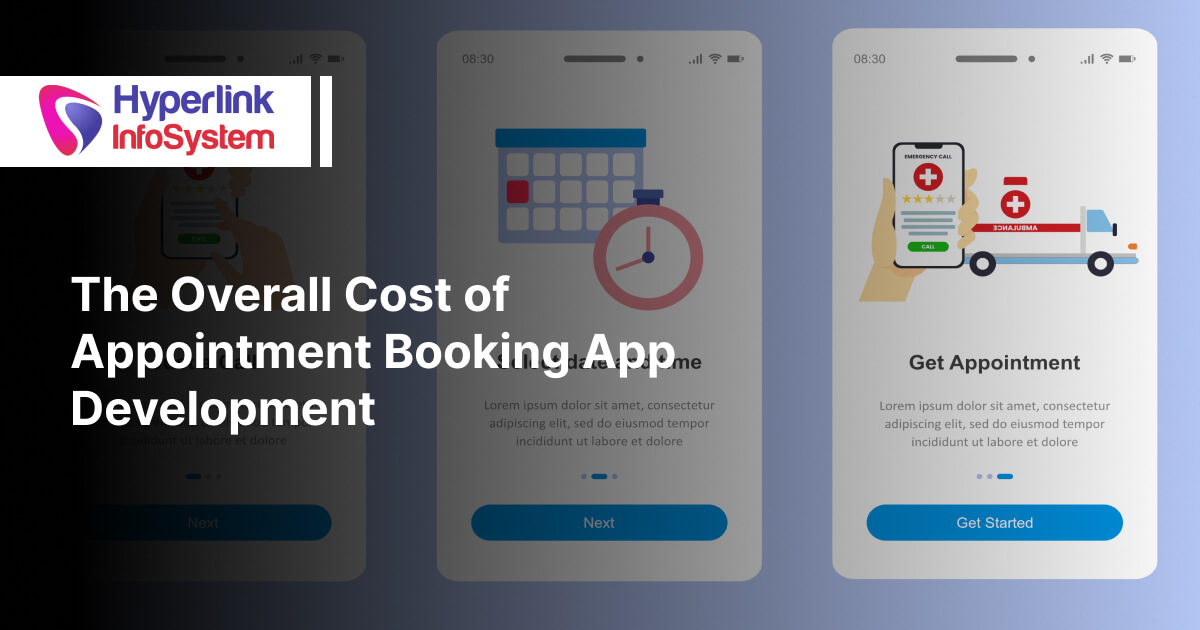In the rapidly evolving landscape of the digital era, on-demand beauty services apps have undergone a metamorphic transformation, leveraging cutting-edge technology to disrupt the traditional beauty and wellness industry.
These revolutionary mobile applications have witnessed an exponential surge in adoption owing to their unparalleled convenience, enabling users to access an extensive array of beauty treatments and services on-the-go, while relishing the luxury of their homes.
These technologically advanced on-demand beauty services apps offer a seamless and intuitive user experience, orchestrating real-time appointments with adept beauty professionals.
Whether it entails an impromptu haircut, a rejuvenating massage, or an artistically tailored makeup session, these apps engender an expeditious and gratifying experience with just a few taps on users' smartphones.
The exorbitant appeal of on-demand beauty services lies in the felicity of their flexibility and accessibility.
Through an intricately integrated interface, users effortlessly peruse a gamut of services, curating their preferences for service providers, and orchestrating appointments that seamlessly harmonize with their frenetic routines.
In this in-depth exposé, we shall embark on an odyssey to unravel the quintessential components that underpin the unrivaled success of on-demand beauty services apps. We shall explore the vanguard technologies that propel the seamless orchestration of these applications and elucidate the intricate interplay of diverse cost factors that contribute to their development. Furthermore, we shall delve into a panoply of ingenious monetization strategies that app proprietors can adroitly deploy to engender lucrative revenue streams.
Additionally, we shall appraise the potential impediments that beset this technological paradigm and proffer cogent best practices to facilitate the development of a triumphant on-demand beauty services app. Thus, be prepared to traverse this enthralling voyage as we unravel the digital renaissance transforming the beauty industry, encapsulating the burgeoning demands of contemporary consumers.
Also Read, On-Demand Service Provider App
Key Features of On-Demand Beauty Services Apps
- Appointment Scheduling: Seamlessly book appointments with beauty professionals based on user preferences and availability.
- User Profiles and Preferences: Personalized beauty experiences with tailored recommendations based on past services and beauty goals.
- Real-Time Tracking: Track beauty professionals in real-time for punctual and transparent service delivery.
- Secure Payments: Robust payment gateways ensure safe and convenient transactions for services rendered.
This eliminates the need for coordinating salon visits amidst busy schedules, granting users the flexibility to curate their beauty experiences.
User profiles and preferences add a touch of luxury to on-demand beauty services by offering personalized recommendations based on past services and beauty goals. This customization ensures that every beauty experience is unique and memorable, catering to individual preferences.
Real-time tracking is a beloved feature that provides transparency and peace of mind. Users can track their beauty professionals' whereabouts, knowing exactly when to expect them, ensuring punctuality and seamless service delivery.
To ensure secure and convenient transactions, these apps integrate robust payment gateways. This safeguarding of sensitive information fosters trust between users and service providers, facilitating swift and hassle-free payments for the services rendered.
With these key features in place, on-demand beauty service apps redefine the beauty industry's standards, embodying modern luxury and indulgence at the touch of a button.
User Interface and Experience
-
Intuitive Design
An intuitive and user-friendly interface is crucial for on-demand beauty apps to ensure seamless user engagement. A visually appealing design with clear call-to-action buttons and straightforward navigation enhances the overall user experience, making it easier for users to explore various beauty services.
-
Navigation And Search
Efficient navigation and search functionalities are essential for users to quickly find and book their desired beauty services. Implementing a robust search system that allows users to filter and sort services based on location, price, or specific treatments streamlines the booking process, saving time and effort.
-
Rating and Review System
User feedback plays a significant role in building trust and credibility for on-demand beauty apps. Integrating a rating and review system enables users to share their experiences, helping potential customers make informed decisions when choosing beauty professionals. Positive reviews enhance a beauty professional's reputation and encourage new users to book their services.
Technology Stack for On-Demand Beauty Apps:
-
Front-end Technologies
On-demand beauty apps require responsive front-end technologies to deliver a seamless user experience across various devices. Commonly used front-end technologies include HTML, CSS, JavaScript, and frameworks like React or Angular.
-
Back-end Development
Beauty apps use technologies like Node.js, Ruby on Rails, Django, and Laravel for user authentication, service management, and payment processing.
-
Database Management
Efficient database management is vital to handle large volumes of data related to user profiles, beauty professionals, bookings, and reviews. Commonly used databases for on-demand beauty apps are MySQL, PostgreSQL, or MongoDB, which ensure data reliability and quick retrieval.
Cost Factors in On-Demand Beauty App Development:
-
Development Hours
The complexity of features and functionality directly affects the app development hours required for creating an on-demand beauty app. Advanced features like real-time tracking, personalized user profiles, and secure payment gateways may require more time and resources, thus influencing development costs.
-
UI/UX Design
The user interface and experience design play a crucial role in attracting and retaining users. Investing in a well-designed and intuitive UI/UX enhances user satisfaction and can positively impact app adoption. However, hiring skilled designers and conducting user testing can add to the overall development expenses.
-
Backend Infrastructure
Building a robust and scalable backend infrastructure is essential for on-demand beauty apps to handle concurrent user requests and data management. Choosing the right cloud infrastructure provider and implementing secure data storage solutions can add to the development costs.
Monetization Strategies For Beauty Service Apps
-
Commission-Based Model
The commission-based revenue model is a popular choice for on-demand beauty app owners. In this model, beauty professionals pay a percentage of their earnings to the app platform for each successfully completed service. This strategy allows app owners to generate revenue based on the success of the beauty professionals using the platform.
-
Subscription Plans
Offering subscription plans to users can provide a stable and recurring revenue stream for on-demand beauty apps. Subscription plans may offer premium features, discounts, or exclusive access to certain services, enticing users to opt for a subscription, which generates predictable income for the app owner.
-
In-App Advertisements
Integrating in-app advertisements can be an additional source of revenue for on-demand beauty apps. Displaying relevant and non-intrusive ads can generate income from advertisers while keeping the app free for users. However, app owners should strike a balance to ensure that the ads do not disrupt the user experience.
The Future of On-Demand Beauty Services Apps:
Industry Trends: As the on-demand beauty services sector continues to evolve, several industry trends are reshaping the landscape. One significant trend is the rise of eco-friendly and sustainable beauty practices, driven by consumers' growing awareness of environmental impact. On-demand beauty apps are likely to incorporate eco-friendly service options, such as sustainable beauty products and practices, to appeal to environmentally conscious users.
Moreover, personalization is gaining traction, with beauty apps leveraging data analytics and AI to offer tailored recommendations and experiences. By analyzing user preferences and past interactions, these apps can suggest personalized beauty services and products, enhancing user satisfaction and engagement.
Conclusion
In the fast-paced digital world, on-demand beauty services apps have emerged as a game-changer in the beauty and wellness industry. These apps offer convenience, personalization, and accessibility to users, revolutionizing the way beauty services are accessed and experienced. From scheduling appointments to real-time tracking and secure payments, the key features ensure a seamless user journey.
Furthermore, the future of on-demand beauty services apps holds even more promise, with industry trends emphasizing sustainability and personalization. Technological advancements, driven by AI and AR/VR, will continue to elevate user experiences, offering virtual try-ons and tailored beauty recommendations.
To tap into the immense potential of this market, businesses should collaborate with reputable on-demand app development companies and hire on-demand app developers to create cutting-edge beauty apps that cater to the evolving needs of modern consumers. By staying abreast of industry trends and embracing advanced technologies, on-demand beauty app development can deliver exceptional user experiences and carve a niche in this competitive landscape.
 +1 309 791 4105
+1 309 791 4105




















































 +91 8000 161161
+91 8000 161161
